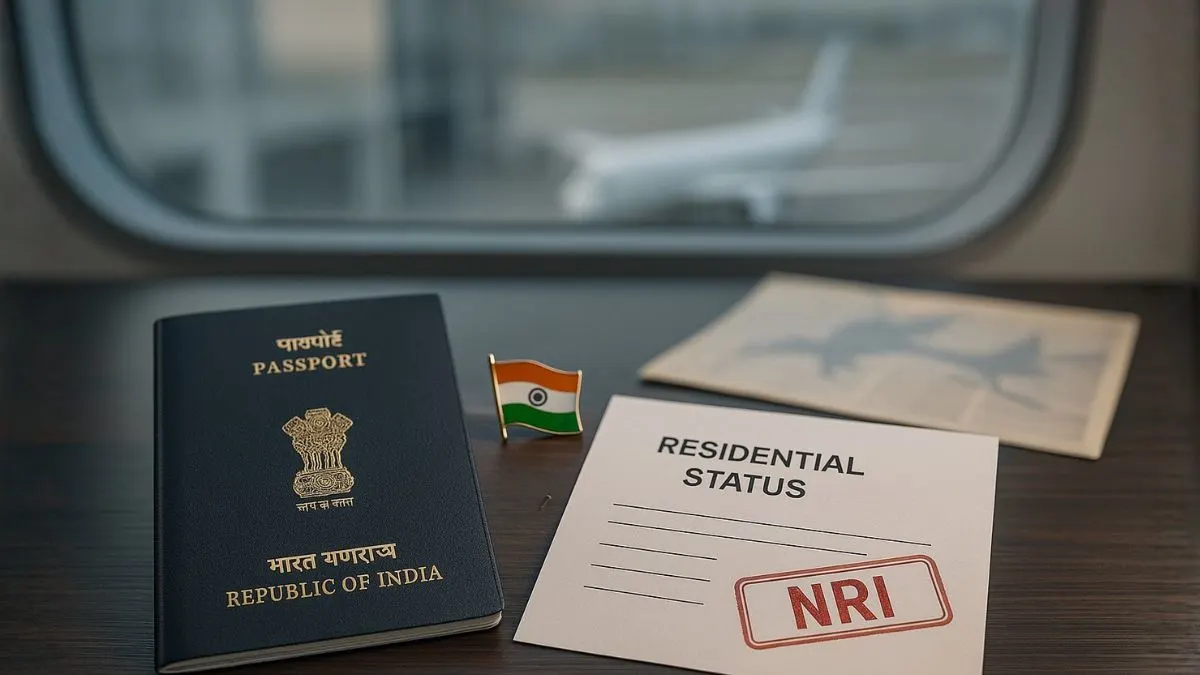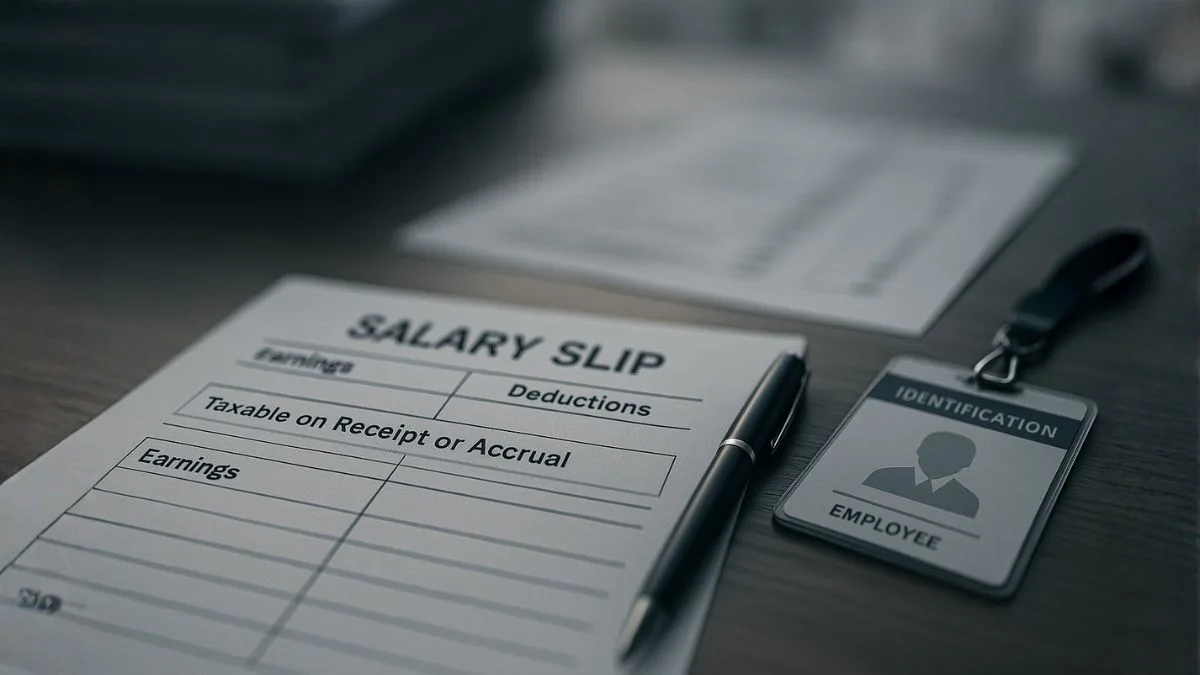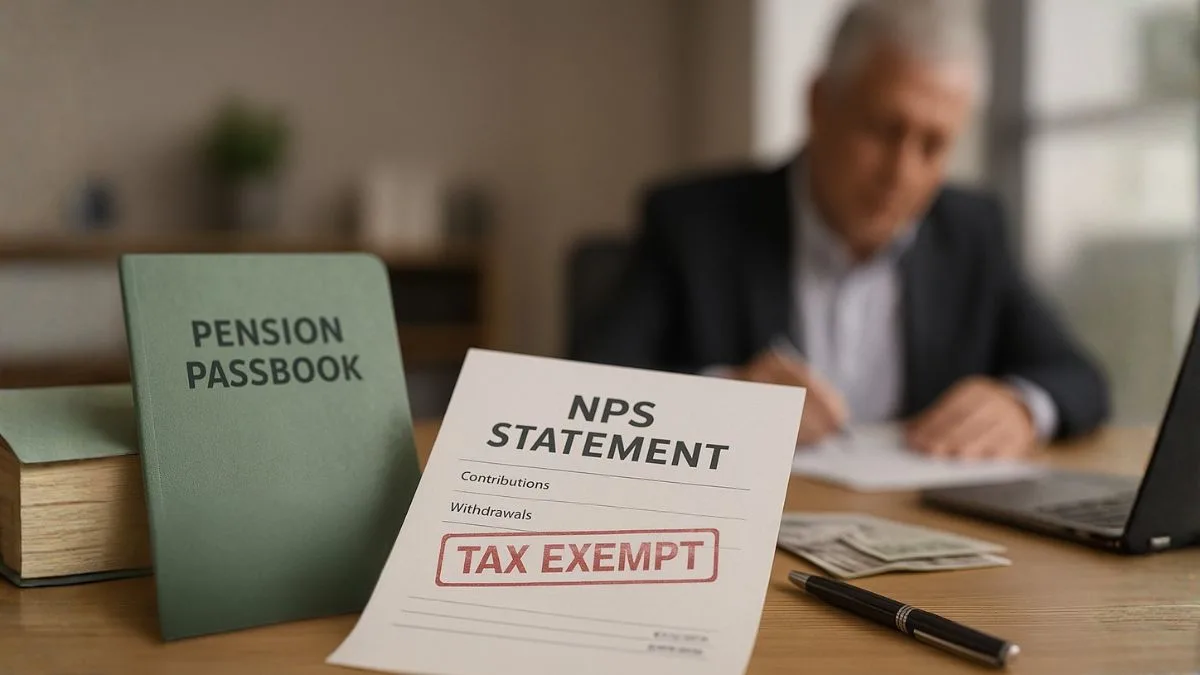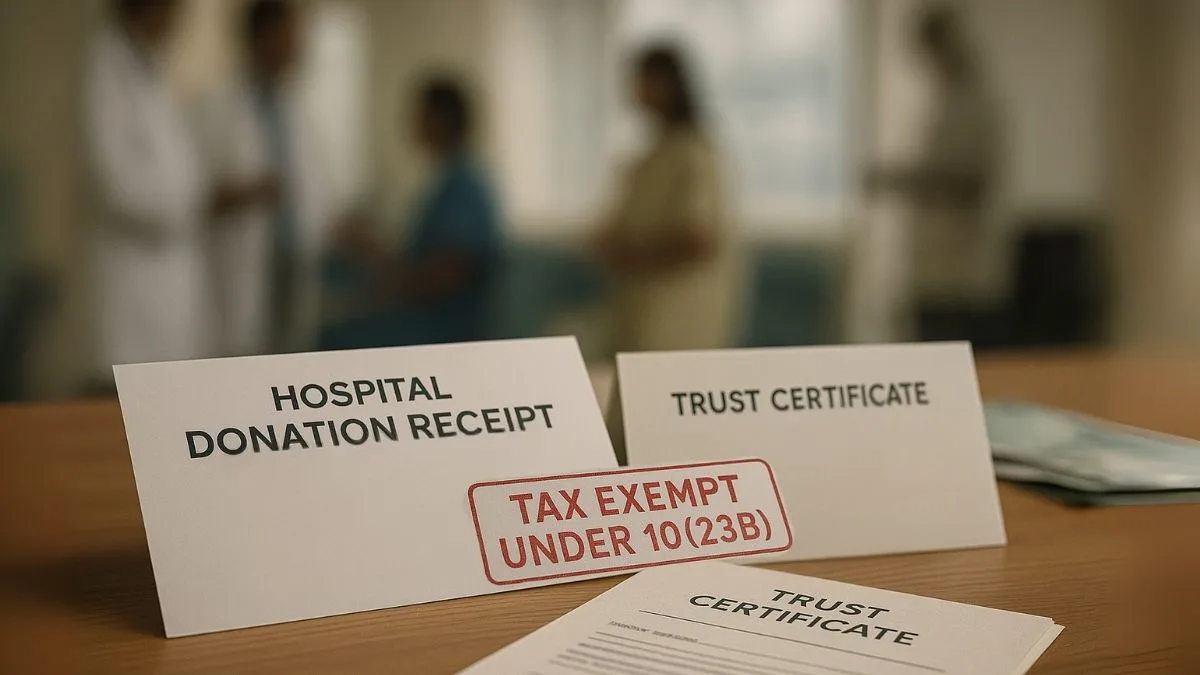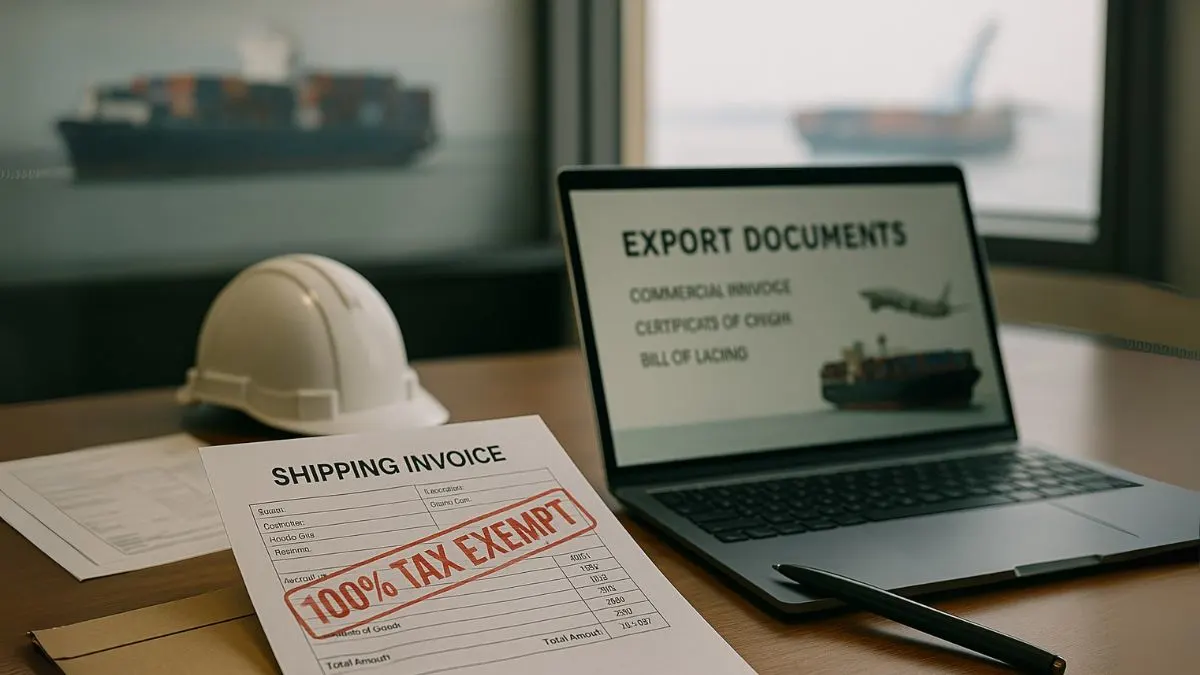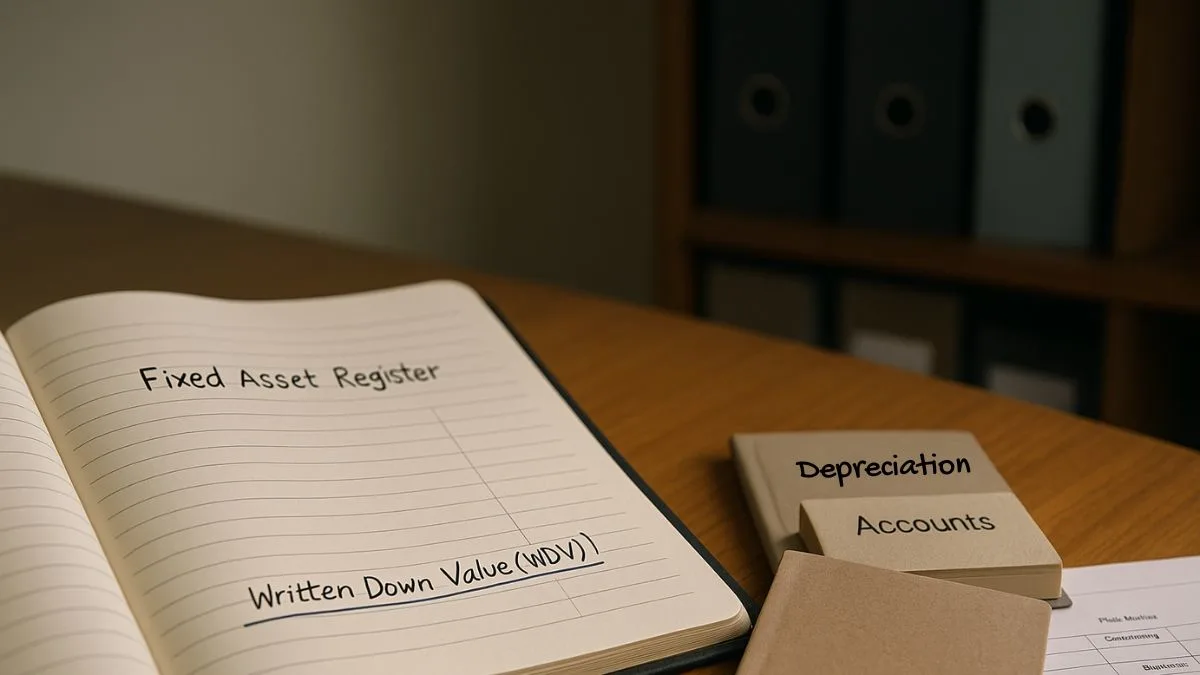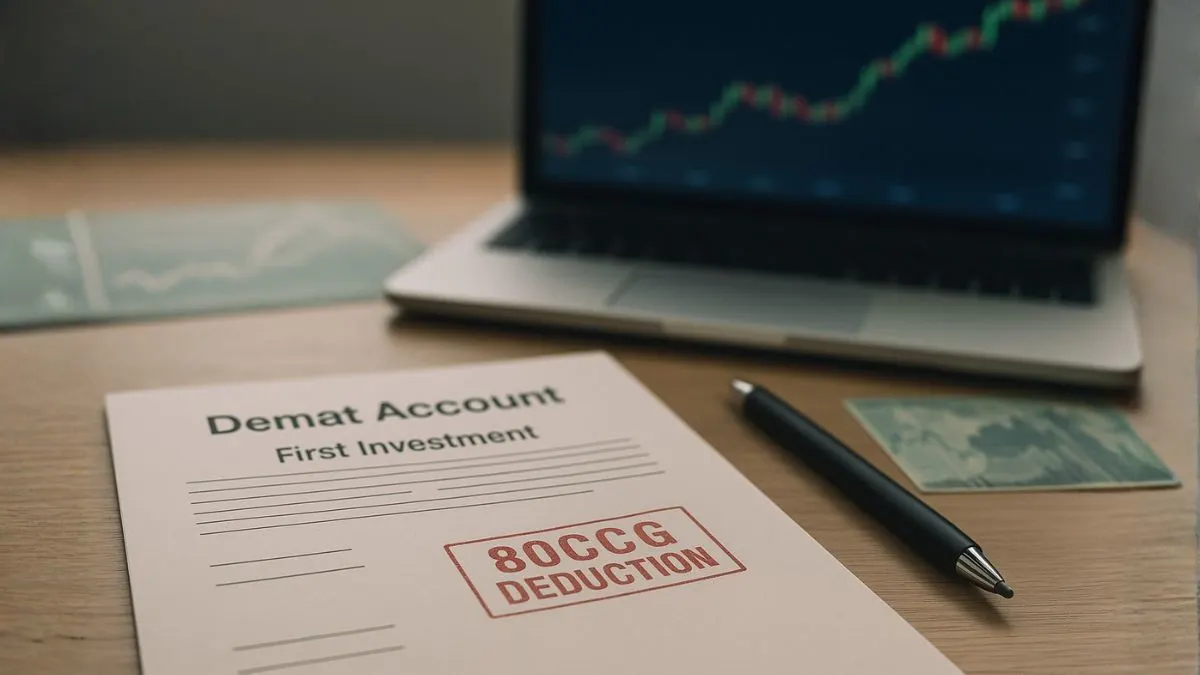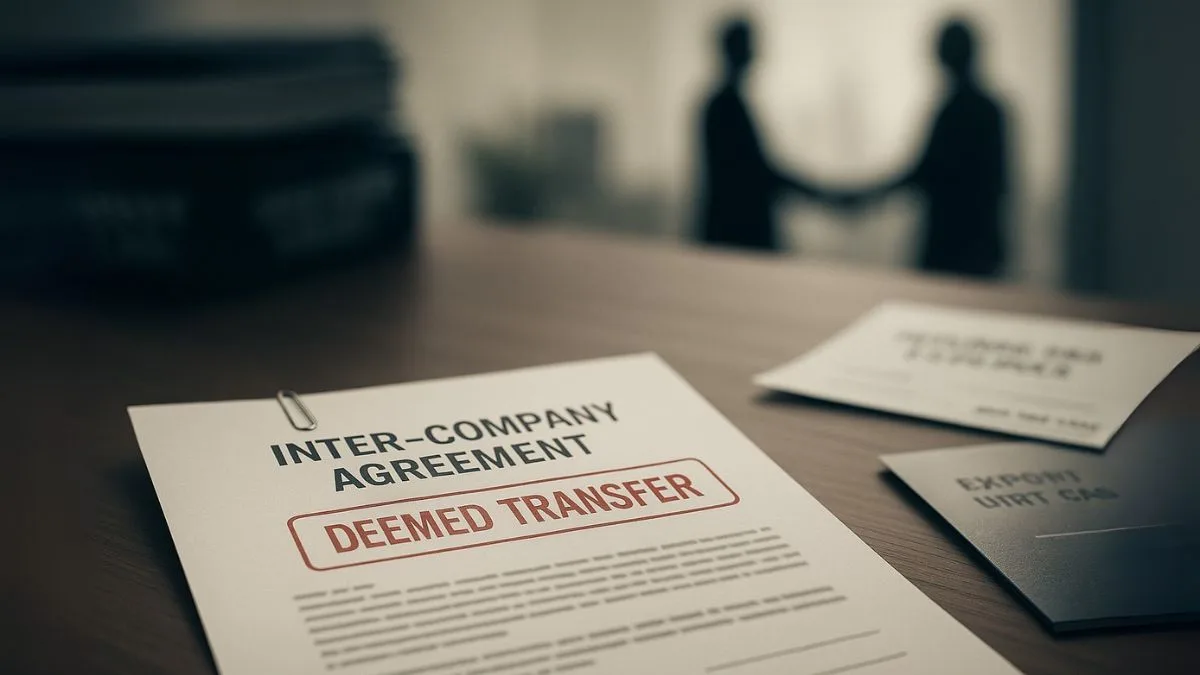
If you’ve ever bought a high-value car or booked an overseas tour and noticed an extra one percent added to your bill, that’s TCS – Tax Collected at Source.
Most of us know TDS, but its twin, TCS, quietly works in the background. Under Section 6CE of the Income Tax Act, some sellers must collect tax from the buyer right at the time of sale. It’s not an extra charge; it’s just an advance payment of income tax.
Why This Section Exists
The government wanted a way to track large transactions in real time & make sure revenue isn’t missed because someone forgets to report income later.
So instead of waiting for the year-end, it said, “Let’s collect a tiny piece now.” Section 6CE does exactly that—creates early visibility and makes tax collection smoother.
What TCS Really Means
TCS simply means the seller becomes a temporary tax collector.
They add a small amount to the invoice, collect it from the buyer, and pass it to the government.
Example:
Buy a car worth ₹12 lakh → dealer collects 1% TCS (₹12 000) → deposits it to the Income-tax Department.
When you file your ITR, that same ₹12 000 shows up as credit in Form 26AS & reduces your final tax payable.
That’s how it flows—straightforward, but powerful.
Also Read: Understanding Tax Collected at Source (TCS)
Who Has to Collect TCS
This rule doesn’t hit everyone. It applies mainly to:
- Sellers with turnover above ₹10 crore in the previous year
- Authorised dealers handling foreign transfers
- Tour operators selling overseas packages
- E-commerce platforms that collect payments on behalf of others"
If your business crosses those limits, you become responsible for collecting & depositing TCS.
When Does It Trigger?
The law lists several typical situations:
- Sale of goods: when payments from one buyer cross ₹50 lakh in a year → 0.1% on the excess
- Foreign remittance (LRS): once transfers exceed ₹7 lakh → 5% (10% if no PAN/Aadhaar)
- Overseas tour packages: no threshold at all → flat 5%
- E-commerce sales: 1% collected by the platform
It’s essentially a watchlist for high-value or high-risk flows of money.
Situations Where TCS Doesn’t Apply
Some transactions are left out to avoid double taxation:
- When the buyer already deducts TDS on that payment
- Exports of goods
- Sales to government departments, PSUs, embassies, or similar bodies
These carve-outs keep compliance reasonable.
Quick Illustration
Imagine ABC Pvt Ltd sells a car for ₹20 lakh.
They add 1% TCS = ₹20 000.
Buyer pays ₹20 20 000.
ABC later deposits ₹20 000 and reports it in its quarterly return.
That’s all it takes—collection, deposit, & reporting.
Also Read: TCS on Sale of Goods: Applicability, Turnover Limits, and Removal from FY 2025–26
Snapshot of Current TCS Rates
|
Transaction |
Limit |
Rate |
|
Sale of goods |
Above ₹50 lakh per buyer |
0.1 % |
|
Foreign remittance (LRS) |
Above ₹7 lakh |
5 % |
|
Overseas tour package |
No limit |
5 % |
|
E-commerce sales |
No limit |
1 % |
(If buyer doesn’t give PAN/Aadhaar → 10 % applies.)
When to Collect & Deposit
TCS is collected at the earlier of:
- payment receipt, or
- entry of the amount in the buyer’s account."
Then it must reach the government by the 7th of the next month. Missing this date invites interest & penalties.
Compliance Routine in Brief
- Deposit tax each month.
- File a Form 27EQ statement every quarter.
- Issue Form 27D certificates to buyers.
If you miss any of these, expect follow-up notices or interest at 1% per month.
What Makes the TCS System Useful
- Tax arrives earlier—no year-end scramble.
- Big transactions become instantly traceable.
- Buyers automatically see credit in Form 26AS.
- Authorities get better matching & fewer disputes.
So while the process adds a small task for sellers, it tightens the whole tax ecosystem.
Also Read: Penalty for Failure to File TDS/TCS Returns
Common Pain Points
Let’s be honest—implementation isn’t always smooth.
Businesses with hundreds of buyers find reconciliation tricky.
Foreign-exchange tracking under LRS takes effort.
And many customers still think TCS is a new tax, not an advance payment.
That’s why most firms rely on automation or their CA to stay accurate.
Consequences of Ignoring It
Miss a deposit or file late & you face:
- Interest @ 1% per month on uncollected or unpaid TCS
- A penalty equal to the tax amount
- In rare, willful cases, prosecution
Small numbers add up fast, so it’s smarter to stay current.
TCS vs TDS — Two Sides of the Same Coin
|
Basis |
TCS (Section 6CE) |
TDS (194Q etc.) |
|
Collected by |
Seller |
Buyer |
|
When |
At sale / receipt |
At payment / credit |
|
Focus |
Sales side |
Expense side |
|
Appears in Form 26AS of |
Buyer |
Seller/vendor |
Both aim for the same goal—advance collection of tax before income slips through the cracks.
Recent Amendments
The Finance Act 2023 expanded coverage to digital & foreign card spends, online travel bookings, and other outward payments. It’s part of India’s move toward real-time monitoring of overseas transactions.
Key Points to Remember
- Section 6CE requires eligible sellers to collect and deposit TCS.
- Applies to goods, foreign transfers, tours, and e-commerce.
- Deposit monthly → file Form 27EQ quarterly → issue Form 27D.
- Buyers can claim TCS credit in their returns.
- Missing deadlines attracts interest & penalty.
Also Read: Guide to TCS on Foreign Transactions
Final Thoughts
TCS under Section 6CE might seem like a minor 0.1 % or 1 % number on invoices, but it quietly keeps India’s tax base clean.
By collecting small bits early, it stops revenue leakage later.
For companies, it’s a compliance routine; for taxpayers, it’s advance credit waiting to be claimed.
Handled properly, it strengthens both cash-flow discipline & transparency."
Not sure if your sales trigger TCS or how to file returns correctly?
👉 Visit CallMyCA.com — our CA team can check applicability, compute TCS, handle Form 27EQ filing, and keep your business penalty-free.

